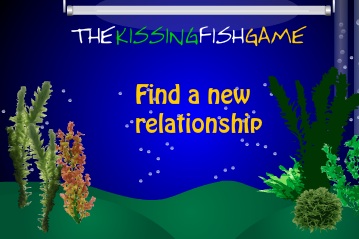 Just a few years ago a stereotypical view of a “gamer” was a kid sitting on a bean bag chair with his hat on backwards pushing a joystick while blowing a huge Bazooka gum bubble. That kid is now 40 years-old, his kid is playing with a Wii and his lips are attached to a beer can. People that grew up playing Pac Man and Sonic the Hedgehog now fit into one of three categories, hard core gamers, casual social game players or they have reverted to curmudgeon mode ignoring today’s digital toys.
Just a few years ago a stereotypical view of a “gamer” was a kid sitting on a bean bag chair with his hat on backwards pushing a joystick while blowing a huge Bazooka gum bubble. That kid is now 40 years-old, his kid is playing with a Wii and his lips are attached to a beer can. People that grew up playing Pac Man and Sonic the Hedgehog now fit into one of three categories, hard core gamers, casual social game players or they have reverted to curmudgeon mode ignoring today’s digital toys.
TheKissingFishGame is designed for the middle, a single person that enjoys Happy Aquarium who is looking for a date. It is soothing yet comical. A player has a choice of thirty goofy fish characters that serve as an avatar. It is an underwater speed dating masquerade party.
Fun or terrifying? Maybe the thought of dating a cuttle fish is appealing? Who knows!
Besides choosing your fish, the game includes a short survey which is supposed to help match you with other fish. You can choose an aquarium for your fish and get down to brass tax — what you’re looking for in another fish.
After picking an avatar, an aquarium is filled with fish based on search criteria. After connecting, contact can be made by email or chat.
A ‘free” member can create a profile, choose a KissingFishGame avatar and create custom aquariums. A Premium Membership opens all the doors and only costs $9.95 a month. A player can be featured as the “Catch of the Day”, increasing exposure to what would have been an unknown audience. Contact can be made by “Tail Mail” or chat if both parties are online.
If you’re brave enough to give this a try, let us know what you think in the comments!

